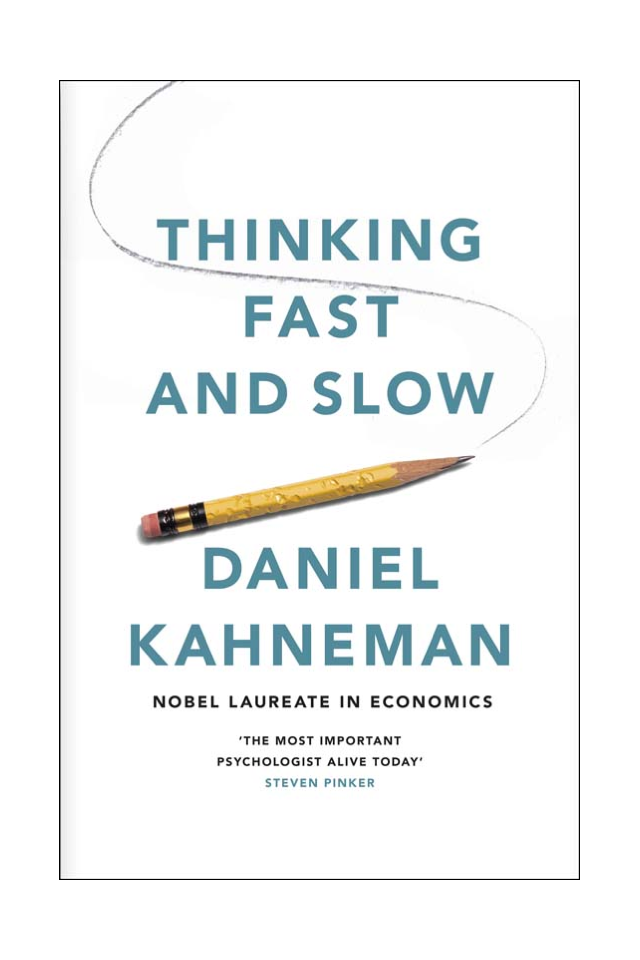
These shortcuts are also called heuristics. But what system 1 primarily does is rapidly sift through information and ideas without you even noticing it by prioritising whatever seems relevant and filtering out the rest by taking shortcuts. First, it takes care of our more familiar tasks by turning them into autopilot routines, also known as habits. There are a few ways our automatic system lightens the load on our deliberate system. Your automatic system’s primary task is to protect your system 2 in order to prevent cognitive overload. If you had to consciously process all these decisions your brain would crash. Or deciding to take the stairs or elevator. It could be taking a step to your left or right when talking. These differ in difficulty and importance. On average we all have about 35,000 decisions to make each day. Kahneman demonstrated that we’re (almost) completely irrational. Foremost, however, he revealed the power of the subconscious mind where we all tend to think we’re rational human beings who think about our decisions and about the things we do. He showed how the two thought systems arrive at different results, even though they are given the same inputs. It was a breakthrough into the lack of reasoning in human decision-making. Kahneman’s additional discovery of the bandwidth of each system was what made this research so significant.

ROLE: seeks new/missing information, makes decisions.WITH self-awareness or control, logical and skeptical.DEFINING CHARACTERISTICS: deliberate and conscious, effortful, controlled mental process, rational thinking.ROLE: Assesses the situation, delivers updates.WITHOUT self-awareness or control “What you see is all there is.”.DEFINING CHARACTERISTICS: unconscious, automatic, effortless.These are the differences between the two systems of our brain: Most importantly, the groundbreaking research of Daniel Kahneman showed that our brain has two operating systems. We also have included shortcuts links for this page as well as links to more detailed information if you want to dive a bit deeper. To make your life a bit easier, we have created page sections so you can easily jump to the subject that is of particular interest to you. Therefore, this isn’t so much an article as a reference page that you can consult whenever you want to know more. We’ll give you the highlights of Kahneman’s thinking which he published in his best-selling book ‘ Thinking Fast and Slow.’

He is one of our heroes and the godfather of behavioural economics. Could be you’ve heard about cognitive biases and heuristics. Or you’ve heard Kahneman was the first psychologist to win the Nobel prize for economics in 2002.

Maybe you’ve already heard of system 1 and system 2. On this page, we want to give you a quick guide to Daniel Kahneman’s groundbreaking work about decision making.


 0 kommentar(er)
0 kommentar(er)
